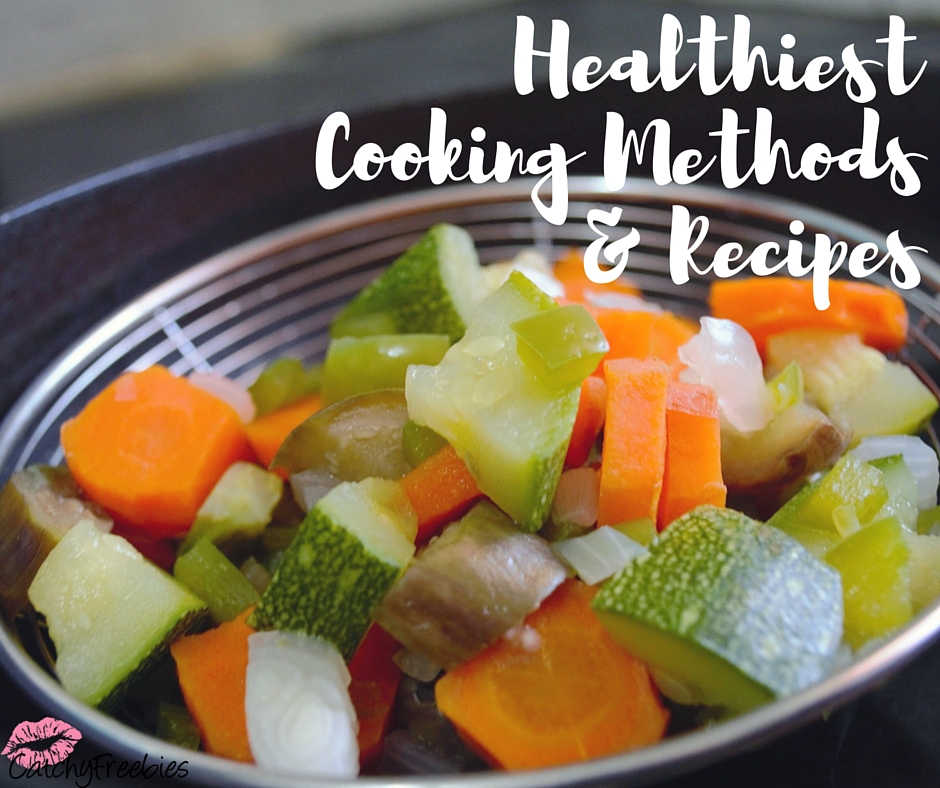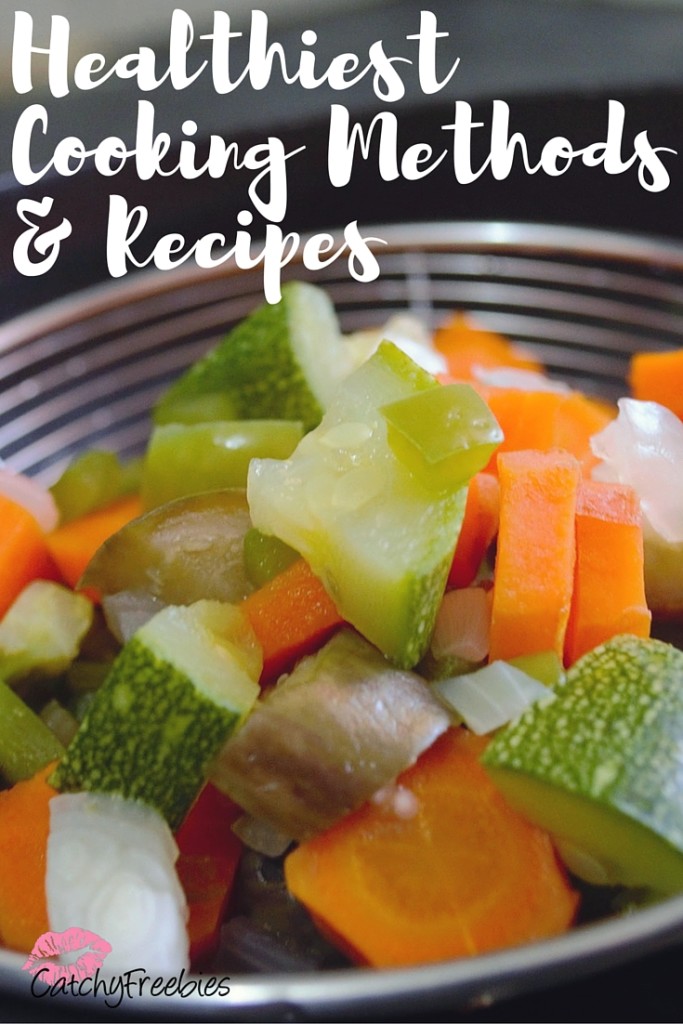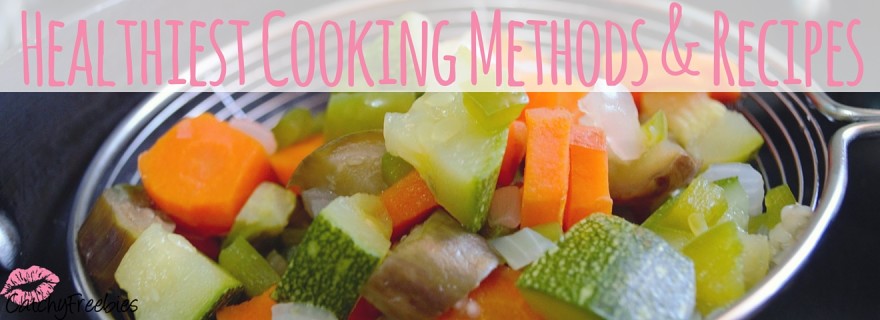Hello, and welcome to our blog!
If you’re a first-time visitor, we’re so glad you’re here! We want to connect you with all the best samples and savings from top brands like MAC Cosmetics, Lancome, Garnier Fructis, L’Oreal Paris, Nivea, JCPenney, Starbucks, Dunkin Donuts, Advil, and more!
Did you know that the foods you pick to eat are just as important as the ways you prepare them? In terms of nutritional value (and taste!), preparation makes all the difference. In order to cook the healthiest and most nutritious food, let’s take a look at nutrient-rich or science-based cooking.
Why Do We Cook?
While you can prepare raw foods in ways that benefit digestion, such as fermenting, marinating, and sprouting, we generally cook our food to improve its digestibility. But that’s not the only reason: other benefits of cooking include imparting delicious flavor, preserving food for safe eating, and boosting nutrient absorption.
We use science-based cooking to prevent the formation of toxic compounds, and to keep as many nutrients and flavors in our food as possible. Through science-based cooking, we know that we can predict and avoid nutrient loss by reducing these factors: food size, heat level, cooking time, and food’s surface contact with water.
Healthiest Cooking Methods
You can practice nutrient-rich cooking by making use of the healthiest cooking methods, which include steaming, sautéing, boiling, and quick-broiling. Steaming and boiling are probably the most common cooking methods, but each method should be used only when appropriate. For example, boiling is recommended for certain leafy greens that contain high levels of oxalic acid: beet greens, spinach, and Swiss chard. To cook these veggies, bring a 3-quart pot (or larger) full of water to a rolling boil, then add your greens. Once the water has returned to a boil, cook uncovered for 1 minute (spinach) or 3 minutes (chard and beet greens). Drain and remove excess water with a paper towel or fork, and discard boiling water. Enjoy!
Steaming is the easiest and healthiest method for cooking veggies and fish. You can even steam your whole meal all together for super-quick cooking and cleanup, like this steamed salmon and asparagus with mustard dill sauce! Steaming your veggies to “al dente” doneness produces a tasty bite that is crispy inside but soft and flavorful outside – all while boosting the food’s nutritional value and making its colors pop. Now that’s an Instagram-worthy foodie tip! To steam veggies, put about 2 inches of water in your steamer and bring it to a boil. Then add your cleaned, chopped vegetables to the steamer basket and close the lid tightly for a few minutes until al dente. Click here to find out how long to cook different types of veggies. Ready to try cooking all your vegetables together? Grab this steamed vegetable medley recipe!
I personally love sautéing as a way to transform and add flavor to veggies you may not like – especially for picky kids! When sautéing, you don’t use any oil during the cooking process to avoid the production of free radicals and oxidized compounds that can negatively affect your health. You can add healthy oils after cooking for a boost of flavor and good fats! To sauté veggies, add your broth of choice to a skillet and heat until it begins to steam. Then add your cleaned and chopped veggies and cover. Consult a recipe for the cooking time, but it’ll probably take about 3-5 minutes at most. Finally, toss veggies with your desired oil and/or herbs, and serve!
For tips on how to quick-broil, check out our post on healthy summer recipes and cooking methods!
Which healthy cooking method is your favorite? Click here for even more easy, nutrient-rich veggie recipes you can make in just minutes!









